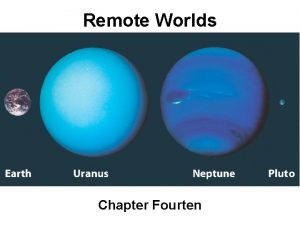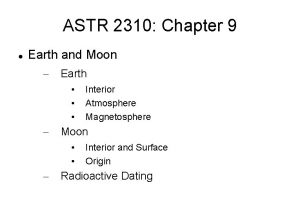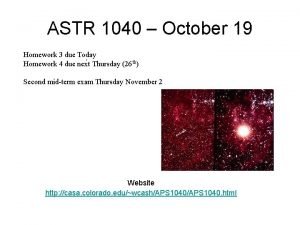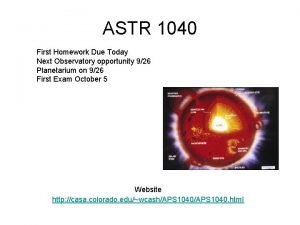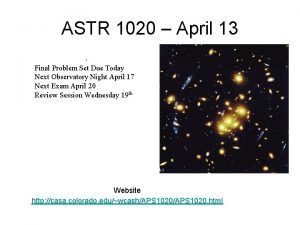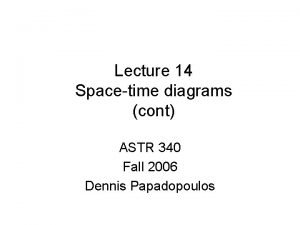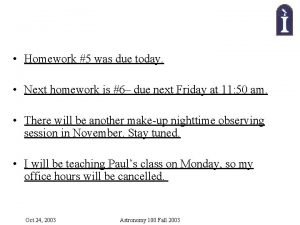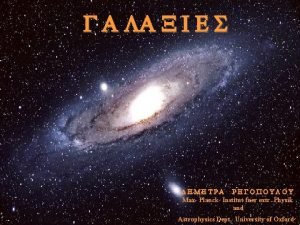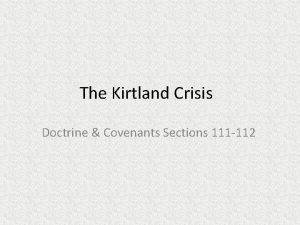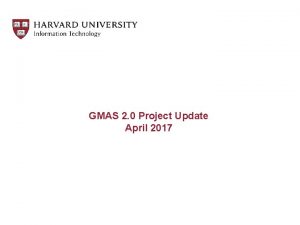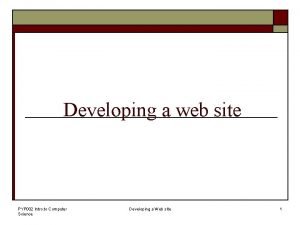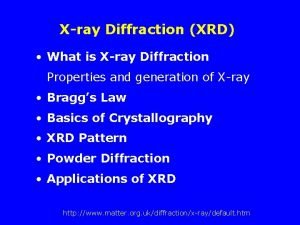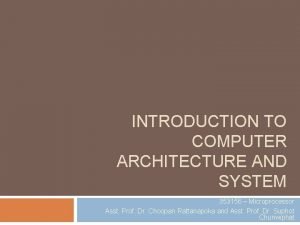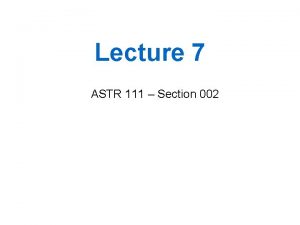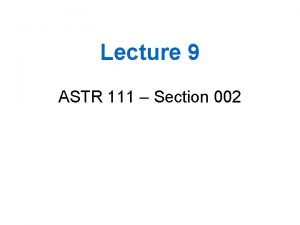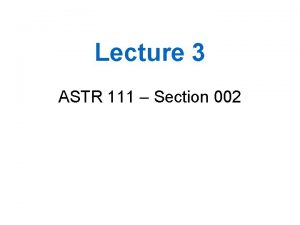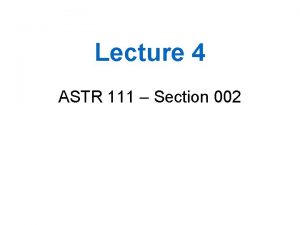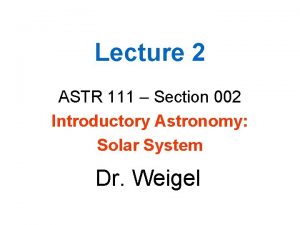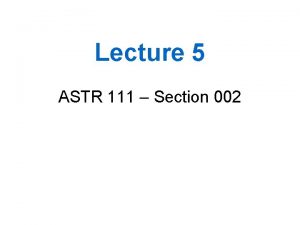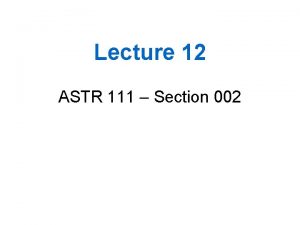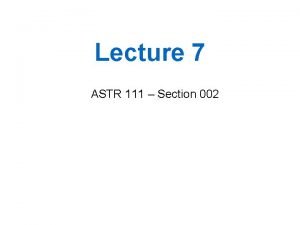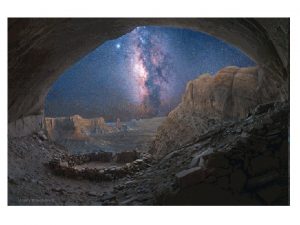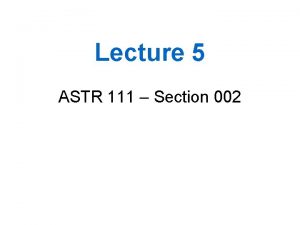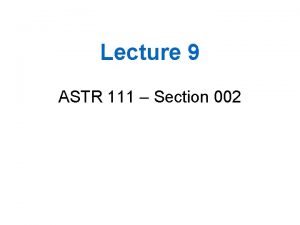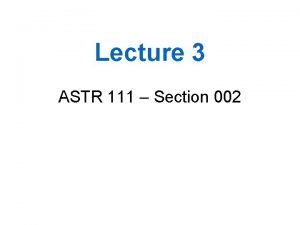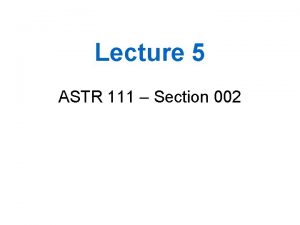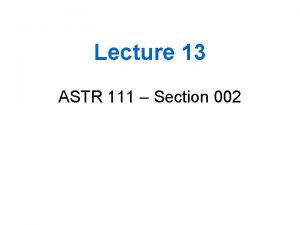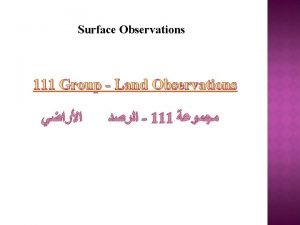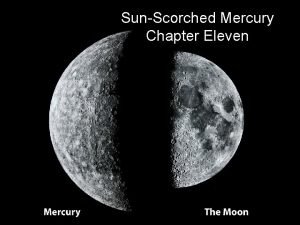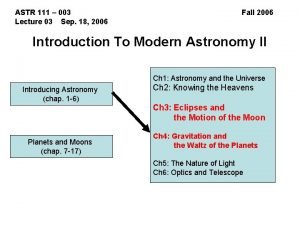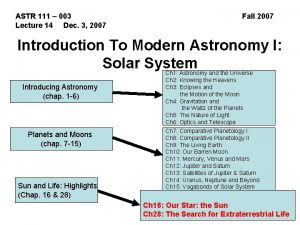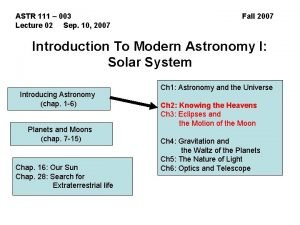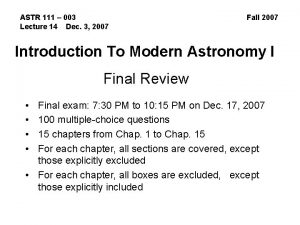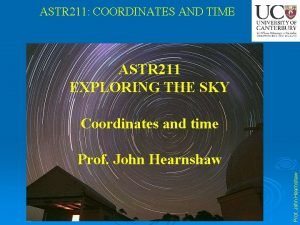Lecture 7 ASTR 111 Section 002 Reading Chapter


























- Slides: 26

Lecture 7 ASTR 111 – Section 002

Reading • Chapter 4. 4 and 4. 5

Outline 1. Exam 1 Discussion 2. Finish material in last lecture 3. Kepler’s laws

First Exam • 9/29 (Tuesday). • Based on lecture notes, problems worked in lecture, and quizzes. (Chapters 1 through 4. 5 have more details on these subjects. ) • Approximately 50 questions. • In the Testing and Tutoring Center in Sub II (Student Union Building II) • Exam will be administered via Blackboard system. • You may bring a non-scientific calculator! • You have 75 minutes to complete the exam.

Outline 1. Exam 1 Discussion 2. Finish material in last lecture 3. Kepler’s laws

Outline 1. Exam 1 Discussion 2. Finish material in last lecture 3. Kepler’s laws

Kepler proposed elliptical paths for the planets about the Sun • Using data collected by Brahe, Kepler deduced three laws of planetary motion: 1. the orbits are ellipses 2. a planet’s speed varies as it moves around its elliptical orbit 3. the orbital period of a planet is related to the size of its orbit

Text these numbers

Abbreviation Circle with radius 1. 0 x goes from -1. 0 to 1. 0 in steps of 0. 1. Compute y using

Equation for a circle

Equation for an ellipse

How would you convince someone that this is an ellipse?

How would you convince someone that this is an ellipse? b=2 a=7

If it were an ellipse, this would always be true

If it were an ellipse, this would always be true

Is this an ellipse? ? 10

Kepler’s First Law Planets orbit the Sun in an ellipse b =a

Kepler’s Second Law

Kepler’s Third Law

Sidereal Review

Kepler’s Laws • Planet orbit is ellipse • Equal area in equal time • Farther away planets orbit slower

• Suppose that you are looking down on a solar system with one planet #9 orbiting a star. You take a picture every 10 days. 1. Does this planet obey Kepler’s laws? How do #10 you know? 2. How would the speed of this planet change? How would you measure #11 the change in speed? #8 #7 #6 #5 #4 #3 #12 #2 #1 Based on Lecture-Tutorials for Introductory Astronomy 2 nd ed. , Prather et. al, page 21

• The following planet obeys Kepler’s second law. 3. Draw two lines: one connecting the planet at Position A to the star and a second line connecting the planet at Position B to the star. Shade in the triangular area swept out by the planet when traveling from A to B. 4. Which other two planet positions, out of C-I, could be used together to construct a second swept-out triangular area that would have approximately the same area as the one you shaded in for Question 3? Shade in the second swept-out area using the planet positions that you chose. Note: Your triangular area needs to be only roughly the same size; no calculations are required. 5. How would the time it takes the planet to travel from A to B compare to the time it takes to travel between the two positions you selected in the previous questions? Explain your reasoning! 6. During which of the two time intervals for which you sketched the triangular areas in questions 3 and 4 is the distance traveled by the planet greater? 7. During which of the tow time intervals for which you sketched the triangular areas in Questions 3 and 4 would the planet be traveling faster? Explain your reasoning!

C D B E A F G H I

8. The drawing on the following slide shows another planet. In this case, the twelve positions are exactly one month apart. As before, the plane obeys Kepler’s second law. 9. Does the planet appear to be traveling the same distance each month? 10. At which position would the planet have been traveling the fastest? The slowest? Explain your reasoning. 11. At position D, is the speed of the planet increasing or decreasing? Explain. 12. Provide a concise statement that describes the relationship that exists between a planet’s orbital speed and the planet’s distance from its companion star.

E D F C B G A L H K I J
 110-000-110 & 111-000-111
110-000-110 & 111-000-111 Physics 111 lecture notes
Physics 111 lecture notes Astr greek or latin
Astr greek or latin Astr
Astr Greek or latin root/affix gran-grain words
Greek or latin root/affix gran-grain words Astr
Astr Astr
Astr Homework due today
Homework due today Quasar spectrum
Quasar spectrum Astr twins
Astr twins James webb nasa space telescope launch
James webb nasa space telescope launch Cronou
Cronou Pre reading while reading and post reading activities
Pre reading while reading and post reading activities 01:640:244 lecture notes - lecture 15: plat, idah, farad
01:640:244 lecture notes - lecture 15: plat, idah, farad Doctrine and covenants section 111
Doctrine and covenants section 111 Mfc-002
Mfc-002 Norsok z-dp-002
Norsok z-dp-002 Semt.001
Semt.001 Puneeth iyengar
Puneeth iyengar Cip 002-009
Cip 002-009 Gmas-002
Gmas-002 Site structure
Site structure 001 002 003
001 002 003 Youtube
Youtube 002
002 002
002 353156
353156



